Product pictures
| Amount Per 0.33 pizza, 152 g | |||
| Calories | 280 Kcal (1172 kJ) | ||
| Calories from fat | 72 Kcal | ||
| % Daily Value* | |||
| Total Fat | 8g | 12% | |
|---|---|---|---|
| Saturated Fat | 3g | 15% | |
| Cholesterol | 10mg | 3% | |
| Sodium | 780mg | 33% | |
| Total Carbs | 42g | 14% | |
| Sugars | 4g | 16% | |
| Dietary Fiber | 3g | 12% | |
| Protein | 13g | 26% | |
| Vitamin C | 15mg | 25% | |
| Vitamin A | 0.5mg | 15% | |
| Iron | 2.3mg | 13% | |
| Calcium | 100mg | 10% | |
* Percent Daily Values are based on a 2000 calorie diet. Your daily values may be higher or lower depending on your calorie needs.
Find out how many calories should you eat.
Ingredients And Nutrition Overview
Best
choice Good
choice Poor
choice Avoid
it!
choice Good
choice Poor
choice Avoid
it!
-
WeightWatchers Points: 5.7, PointsPlus: 8, SmartPoints: 9
WeightWatchers Points are estimated by carbohydrates, fats, protein and fiber in product. They are not an affirmation of better quality or nutritional value of the product or its manufacturer. Only way to count for dieters. Less points are better.
Read more at Weight watchers diet review -
Much saturated fat
Too much saturated fat raises blood cholesterol, that can increase the risk of heart disease.
This fact has been approved by most health organizations in the world.
You have to limit the intake of it by your recommended daily intake.
Ideally, we should eat less than 10% of calories from saturated fat, so the reference value for an average adult is 24 grams daily.
Remember: a 1-ounce slice of regular cheese has nearly 5 grams of saturated fat.
Read more about fat -
Salty! Has over 33% of the daily sodium max
The average American consumes 5,000 mg of sodium daily — twice the recommended amount amount of 2400mg for healthy adults, this is 1 teaspoon of salt.
For medical reasons many people should not exceed 1500mg of sodium.
Surprisingly, you're responsible for only 15% of the sodium in your diet the bigger part - 75% of the sodium that you consume each day comes from processed foods, not home cooking or the salt shaker.
Excess sodium intake increases the risk of high blood pressure, hypernatremia, hypertension, cardiovascular disease and other heart problems.
Are these reasons enough to cut the sodium intake? No doubt! -
Convert Salt tsps to Sodium mg easily
Salt (NaCl) is not excactly sodium (Na).
It is not right to use these terms as synonyms.
The FDA recommended limit of sodium is 2,300 mg per day (or even less - about 1500 mg while one is on low sodium diets).
This is much less than the weight of salt.
(5,750 mg per day or 3,750 mg for low sodium diet) and not so convenient to calculate.
Know how much sodium is in your salt - without a calculator:
1/4 tsp salt = 600 mg sodium
1/2 tsp salt = 1200 mg sodium
3/4 tsp salt = 1800 mg sodium
1 tsp salt = 2300 mg sodium -
2 tsp of sugars per serving
This volume includes both naturally occurring from ingredients and specially added sugars.
USDA tells us that last years each American consumed an average 130 pounds of caloric sweeteners per year!
That works out to 30 tsp of sugars per day approximately 480 extra calories!
Just to think: Eating just 200 more calories daily than your body requires for body functioning and exercise leads to a 20-pound weight gain in a year. -
Great source of fiber! More than 12% daily!
Eat more fiber. You've heard it many times. But why it is so good for your health?
Dietary fiber is best known for its ability to make our digestion going right.
So want to prevent or relieve constipation - eat more fiber!
There are also other great health benefits as well, such as lowering your risk of diabetes, heart disease and cancer, and helping to maintain a healthy weight by helping to feel you full longer.
The best source of fiber are fruits, vegetables, whole grains and legumes and not processed foods with added fiber. -
Naturally high in Vitamin C
You get real, natural easy absorbing Vitamin C from this product, not as a artificial fortified ingredient.
This is great! Let's try to get the best from the real food, because we get too much from artificial ingredients nowdays. -
Learn about veggies and iron
Veggies such as broccoli, bok choy, spinach, parsley and most leafy greens are naturally high in iron.
However, compared to other high-iron foods, like red meat, fish and poultry, the iron in plant foods is not absorbed as easily by the body. What can you do to increase the absorption of iron from these plant foods?
- Vitamin C increases the absorption - so try having a fresh tomato, lemon juice, or an orange together with your high iron food
- Avoid drinking too much coffee - caffeine can decrease the absorption of iron
- In addition to caffeine, the tannins found in tea can also reduce iron absorption
- If you are a vegetarian, try having iron-fortified breakfast cereals, legumes, and eggs
-
Product contains sulfites
Sulfites (sulphites) are inorganic salts that are used as antioxidant of food preservative or enhancer.
They may appear on food labels in various forms, such as: sulfur dioxide, potassium bisulfite, potassium metabisulfite, sodium bisulfite, sodium metabisulfite or sodium sulfite
Although sulphites do not cause a true allergic reaction, people with sensitivity to sulfites may experience similar reactions as those with food allergies.
Those who have asthma are most at risk to sulphite sensitivity.
BTW sulfites are included in the ten priority food allergens in Canada.
Allergens
Gluten Allergy, Wheat Allergy, Corn Allergy, Milk Allergy, Lactose Allergy, Sulfites Allergy
Pizza tuscan garden, vegetable with ricotta cheese Ingredients
Crust: Wheat Flour, Water, Corn Oil with Extra Virgin Olive Oil, Yellow Cornmeal, Yeast, Honey, Salt, Nonfat Dry Milk Powder, Raking Powder (Sodium Acid Pyrophosphate, Sodium Bicarbonate, Corn Starch, Monocalcium Phosphate). Vegetables: Onion Pepper Blend (Yellow Onions, Red Bell Peppers, Green Bell Peppers, Yellow Bell Peppers), Crimini Mushrooms, Tomatoes (Sun Dried Tomatoes, Sulfur Dioxide, Salt, Sugar, Citric Acid, Potassium Sorbate [Preservative]). Sauce: Tomatoes (Diced Tomatoes, Tomato Juice, Salt, Calcium Chloride, Citric Acid); Water, Tomato Paste, Extra Virgin Olive Oil, Red Wine Vinegar (Sulfur Dioxide Added), Sugar, Salt, Garlic, Basil, Black Pepper. Low Moisture Part Skim Mozzarella Cheese: Pasteurized Part Skim Milk, Cheese Culture, Salt and Enzymes. Spinach. Cheese Topping: Ricotta Cheese (Whey, Skim Milk, Vinegar, Xanthan Gum], Garlic Salt (Salt, Garlic, Natural Flavor). Parmesan Cheese: Part-Skim Pasteurized Cow's Milk, Cheese Cultures, Salt, Rennet, and Corn Flour Cellulose [to Prevent Caking].
You Might Also Like
% RDI of Main Nutrition Facts
14%
of RDI* (280 calories) 152 g
-
Cal: 14 %
-
Fat: 12.3 %
-
Carb: 14 %
-
Prot: 26 %
-
0%25%75%RDI norm*
Calories Breakdown
- Carbs (57.5%)
- Fat (24.7%)
- Protein (17.8%)
Get Your Recipe of Health!
Follow RecipeOfHealth on Facebook!

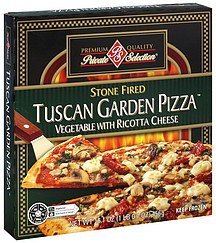
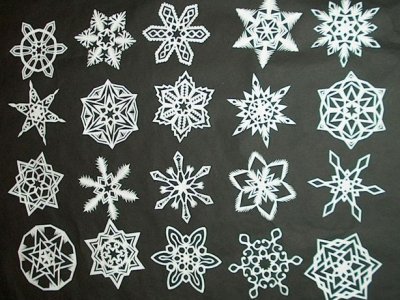
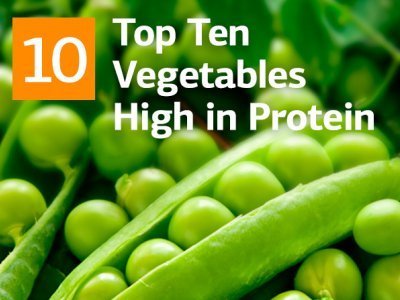

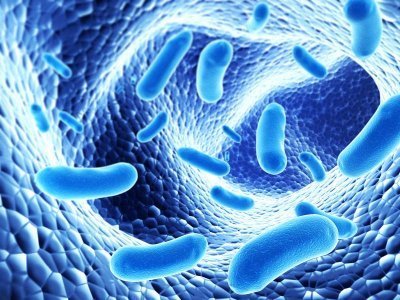




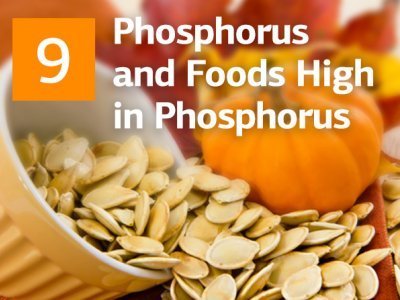
Add your comment